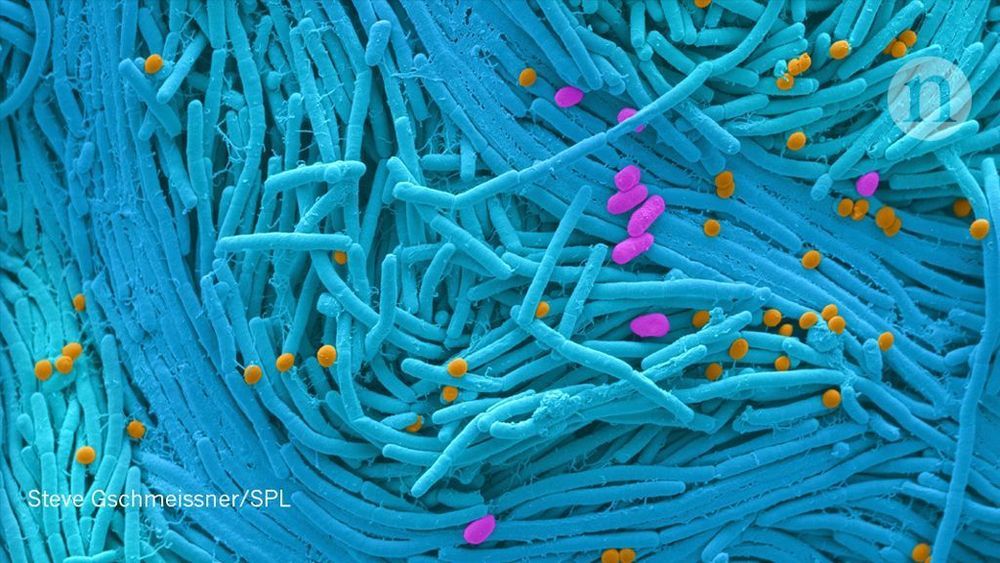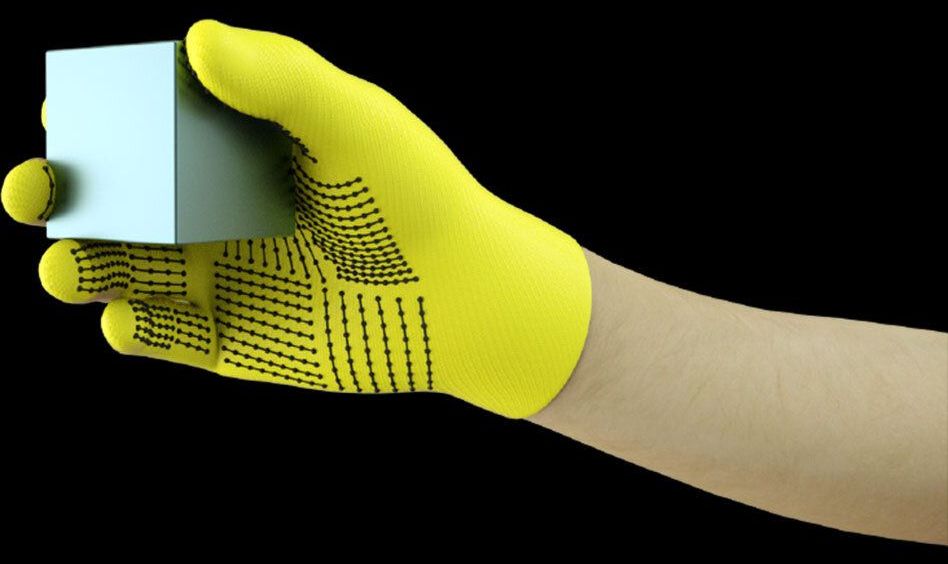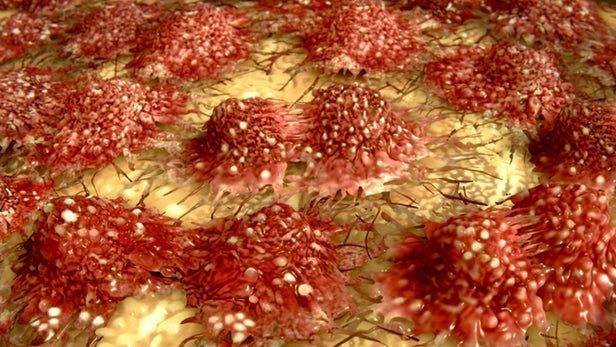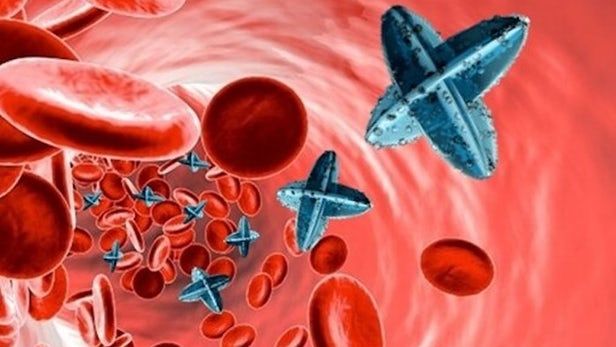Category: biotech/medical – Page 2,618

Priorities for the next 10 years of human microbiome research
In my view, most of the research so far has placed too much emphasis on cataloguing species names. We’ve been characterizing the human microbiome as if it were a relatively fixed property to be mapped and manipulated — one that is separate from the rest of the body. In fact, I think that interventions that could help to treat conditions such as diabetes, cancer and autoimmune diseases will be discovered only if we move beyond species catalogues and begin to understand the complex and mutable ecological and evolutionary relationships that microbes have with each other and with their hosts.
The dream of microbiome-based medicine requires a fresh approach — an ecological and evolutionary understanding of host-microbe interactions — argues Lita Proctor.

Sensor-packed glove learns signatures of the human grasp
Wearing a sensor-packed glove while handling a variety of objects, MIT researchers have compiled a massive dataset that enables an AI system to recognize objects through touch alone. The information could be leveraged to help robots identify and manipulate objects, and may aid in prosthetics design.
The researchers developed a low-cost knitted glove, called “scalable tactile glove” (STAG), equipped with about 550 tiny sensors across nearly the entire hand. Each sensor captures pressure signals as humans interact with objects in various ways. A neural network processes the signals to “learn” a dataset of pressure-signal patterns related to specific objects. Then, the system uses that dataset to classify the objects and predict their weights by feel alone, with no visual input needed.
In a paper published in Nature, the researchers describe a dataset they compiled using STAG for 26 common objects—including a soda can, scissors, tennis ball, spoon, pen, and mug. Using the dataset, the system predicted the objects’ identities with up to 76 percent accuracy. The system can also predict the correct weights of most objects within about 60 grams.

These Scientists Are 3D-Printing New Body Parts for Athletes
A team of bioengineers has successfully 3D-printed tissues they believe doctors could one day implant into patients to help heal the knee, ankle, and elbow injuries that have ended the careers of countless athletes.
“I think this will be a powerful tool to help people with common sports injuries,” Rice University researcher Sean Bittner said in a press release — though the impact of the group’s work could extend far beyond the turf or pitch.

Healthy fat hidden in dirt may fend off anxiety disorders
10(Z)-hexadecenoic acid, a fatty acid found in the soil based bacterium Mycobacterium vaccae, interacts with immune cells to inhibit pathways that drive inflammation and increases resilience to stress. Researchers say the findings could bring us one step closer to developing a microbe-based “stress vaccine”.


Scientists discover why a promising cancer drug failed in clinical trials – and how to fix it
As promising as some treatments are in lab tests, unfortunately they don’t always meet hopes when translated to the real world. Now, scientists at Whitehead Institute for Biomedical Research have investigated a class of cancer drugs that failed in human trials, and found out why. Better yet, they went on to identify another drug that could finally make the treatment work.

This Volkswagen Prototype Has a Holographic Interface
O.o!
In what the German automaker is calling a “world premiere,” Volkswagen’s futuristic Golf GTI Aurora concept has a high-end sound system in its trunk that can be operated with a hologram.
You can leave your 3D glasses and augmented reality gloves at home: the hologram floats freely in the air and can be operated without any external aids. Though to be fair, VW is being very vague about the details of the technology behind the interface.
Floating Images
Scientists are only scratching the surface of creating 3D holograms that can be viewed from any angle. Current state holographic displays also tend to be extremely expensive and unwieldy.

Nanoparticles can aid in stroke therapy
Tiny selenium particles could have a therapeutic effect on ischemic brain strokes by promoting the recovery of brain damage. Pharmacologists, including Alireza Mashaghi from the Leiden Academic Centre for Drug Research discovered that selenium nanoparticles inhibit molecular mechanisms that are responsible for the loss of brain cells after a stroke. The results were published in Nature Scientific Reports in April.
Nanoparticles against strokes
An ischemic stroke happens when a supplying blood vessel to the brain is narrowed or obstructed. As a result, the brain gets too little blood. “This lack of blood can lead to brain tissue damage due to cellular toxicity, inflammation and cell death,” Mashaghi explains. “This will, in turn, lead to brain dysfunction and neurological complaints such as numbness, vision problems, dizziness and severed headache.” Ischemic stroke accounts for 87% of all strokes and is a significant cause of death. “So far, no neuroprotective agents have been shown to produce any measurable improvement in health in cerebral stroke cases. Our results now demonstrated that selenium nanoparticles inhibit molecular mechanisms that are responsible for the loss of brain cells after a stroke.”

Self-powered micro-submarines sink and swim to deliver drugs in the body
It’s entirely possible that micro-machines could one day be delivering drugs inside the body, with many designs proposed in recent years. The latest comes from the University of New South Wales (UNSW), which gets around under its own power using a system similar to how submarines rise and sink.